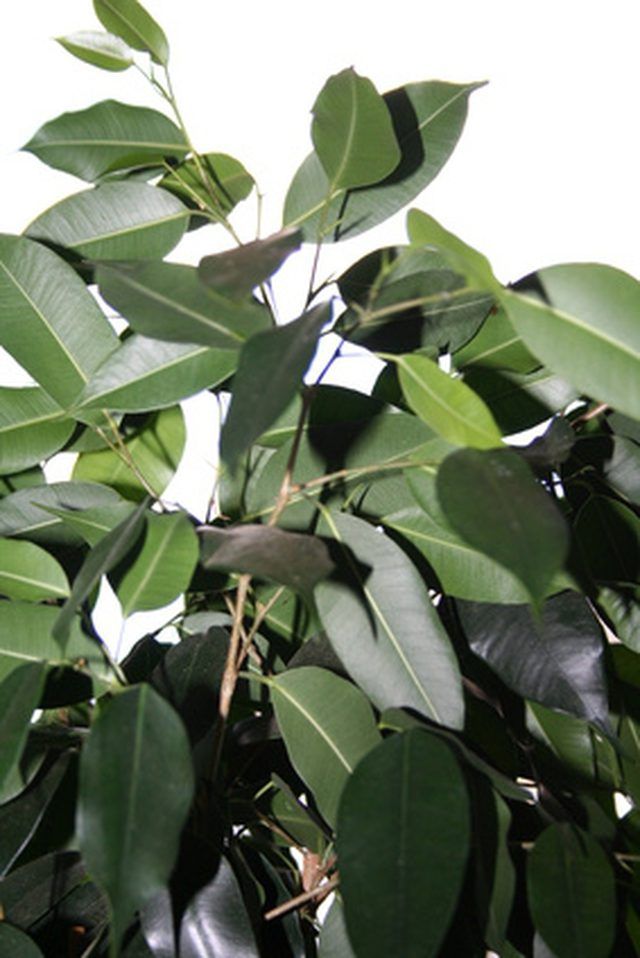Bulbs
Flower Basics
Flower Beds & Specialty Gardens
Flower Garden
Garden Furniture
Garden Gnomes
Garden Seeds
Garden Sheds
Garden Statues
Garden Tools & Supplies
Gardening Basics
Green & Organic
Groundcovers & Vines
Growing Annuals
Growing Basil
Growing Beans
Growing Berries
Growing Blueberries
Growing Cactus
Growing Corn
Growing Cotton
Growing Edibles
Growing Flowers
Growing Garlic
Growing Grapes
Growing Grass
Growing Herbs
Growing Jasmine
Growing Mint
Growing Mushrooms
Orchids
Growing Peanuts
Growing Perennials
Growing Plants
Growing Rosemary
Growing Roses
Growing Strawberries
Growing Sunflowers
Growing Thyme
Growing Tomatoes
Growing Tulips
Growing Vegetables
Herb Basics
Herb Garden
Indoor Growing
Landscaping Basics
Landscaping Patios
Landscaping Plants
Landscaping Shrubs
Landscaping Trees
Landscaping Walks & Pathways
Lawn Basics
Lawn Maintenance
Lawn Mowers
Lawn Ornaments
Lawn Planting
Lawn Tools
Outdoor Growing
Overall Landscape Planning
Pests, Weeds & Problems
Plant Basics
Rock Garden
Rose Garden
Shrubs
Soil
Specialty Gardens
Trees
Vegetable Garden
Yard Maintenance
White Worms in the Soil of a Ficus House Plant
White Worms in the Soil of a Ficus House Plant. At some point, it comes to your attention that your ficus houseplant has mosquito-like insects flying around it and little white-looking worms (actually fungal gnat larvae) in the potting soil. Your first thought may be to immediately throw the plant out, but don't. While these pests can wreak havoc...

At some point, it comes to your attention that your ficus houseplant has mosquito-like insects flying around it and little white-looking worms (actually fungal gnat larvae) in the potting soil. Your first thought may be to immediately throw the plant out, but don't. While these pests can wreak havoc on your indoor plants, fungus gnats can be controlled by cultural (non-chemical) and biological methods.
About Fungal Gnats
The first thing to know is that these little critters do not spread disease or pathogens to humans. Unfortunately, they are vectors to other plants, spreading foliage pathogens and diseases from one plant to another. Root rots such as Pythium or Fusarium, or foliage pathogens like Botrytis are a few such diseases gnats spread that can seriously damage or eventually kill off all your beloved houseplants.
Life Cycle
Fungal gnats have about a four-week life cycle. According to Ohio State University, female gnats can deposit 100 to 300 eggs on the soil. Within four days, the eggs hatch into creamy-white-colored larvae (which may look like white worms) and can grow up to 5 1/2 mm long. Larvae feast upon the root hairs and plant stems, causing plants to wilt, yellow and decline in health. After 14 days they pupate, emerging about three days later as adults (mosquito-like flying gnats).
Yellow Cards & Potatoes
Yellow cards can help get rid of adult flying gnats (but not larvae) plaguing your ficus. Adhere a sticky yellow card to a Popsicle stick or straw and submerge it part way into the soil. Gnats, including other insects, are highly attracted to the color yellow and will fly right into the sticky card.
Put one 1/2-inch square potato piece on the soil surface to trap larvae. After several of them burrow into the potato, simply throw the potato away.
Methods for Trapping & Killing Larvae
You can also biologically attack fly larvae with nematodes or mites. Apply Steinerema nematodes and water them into the soil surface to kill the larvae. Or, apply Hypoaspis miles (predatory mites) to the soil. After turning into adults (18 days), these mites kill upwards of seven fly larvae a day.
Prevention
Thoroughly inspect a houseplant and its potting soil before buying it. If you see any flying gnats, put that thing of beauty down and walk away. Use yellow cards periodically, even if there doesn't appear to be a pest problem. Be careful not to overwater, as these pests thrive in overwatered soil conditions.